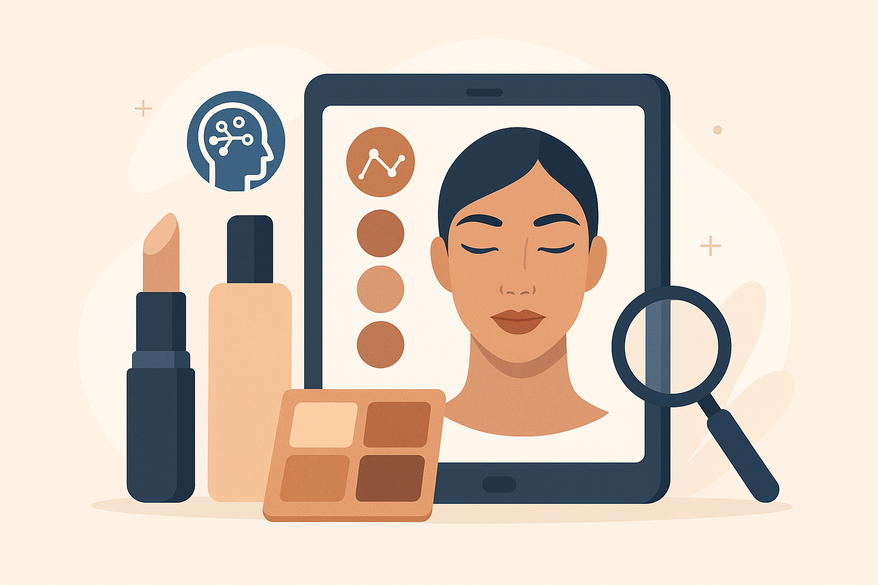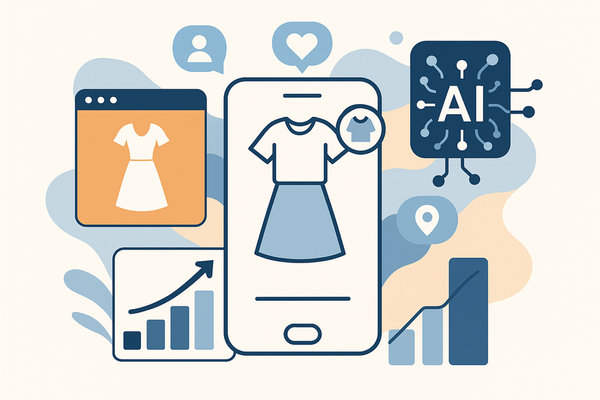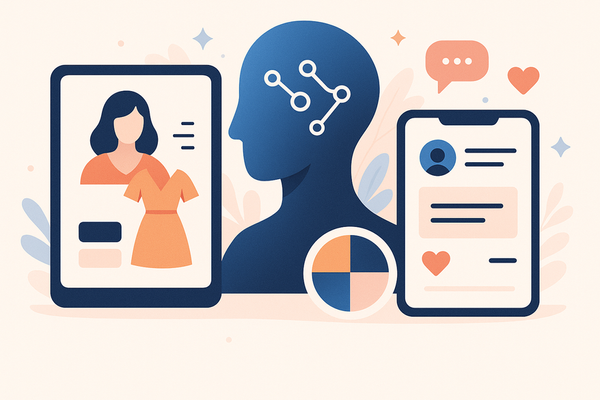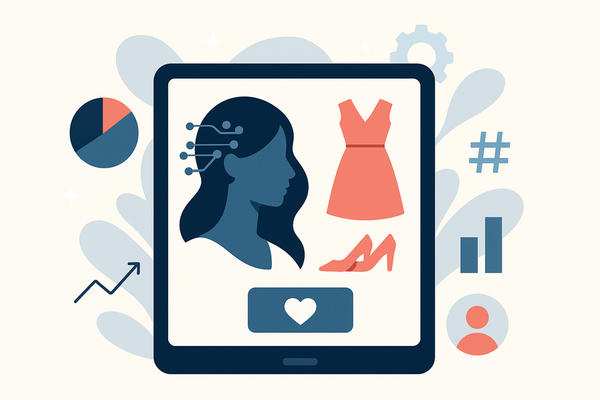Exploring the Advanced Makeup Analysis Tool: AI-Driven Precision in Beauty
Discover how the advanced makeup analysis tool revolutionizes beauty with AI-driven shade matching and complexion analysis for personalized recommendations.

Estimated reading time: 6 minutes
Key Takeaways
- AI-driven cosmetics matching and skin analysis in seconds.
- Virtual try-on and data-driven recommendations enhance precision.
- Applications span from professional salons to product development.
- Future trends include generative AI and immersive AR experiences.
Table of Contents
- Defining the Advanced Makeup Analysis Tool
- How the Advanced Makeup Analysis Tool Works
- Benefits of Using the Advanced Makeup Analysis Tool
- Applications in the Beauty Industry
- Future Trends
- Conclusion
Defining the Advanced Makeup Analysis Tool
An advanced makeup analysis tool is a digital solution that combines AI, machine learning, and sometimes augmented reality to analyze skin tone, texture, facial features, and personal makeup preferences. Accessible via smartphone apps or dedicated devices, it transforms how we match shades and guide application. For face-shape–specific guidance, see Makeup Tips for Every Face Shape.
Key Features
- Real-time skin grading: Evaluates hydration levels, pigmentation, and oiliness.
- Facial feature mapping: Pinpoints cheekbones, brows, and lips for precise placement.
- Virtual try-on: Uses AR overlays to preview products on a live camera feed.
- Data-driven recommendations: Matches products objectively based on metrics.
Differentiation from Traditional Methods
- Subjective consultant assessments vs. objective algorithmic results
- Manual color swatches vs. automated AI matching
Evolution Timeline
- In-store swatch tests
- Digital photo color-match tools
- AI-powered apps with AR and machine learning
How the Advanced Makeup Analysis Tool Works
Technology & Algorithms
- AI & Machine Learning
- Processes images from smartphone cameras or uploaded photos.
- Detects skin tone, texture, hydration, pigmentation, and blemishes.
- Deep-Learning Models
- Trained on vast datasets of skin types, makeup shades, and user feedback.
Process Breakdown
- Data Input
- User uploads a selfie or uses a live camera feed.
- System captures skin metrics (tone, texture, hydration, blemishes).
- Source: Perfect Corp.
- Source: Product Hunt
- Real-Time Analysis
- Algorithms compare input data against skin profile and product databases.
- Incorporates user history and trending consumer data.
- Source: Product Hunt
- Makeup Recommendations
- Suggests foundation, concealer, and lipstick shades.
- Provides virtual try-on via AR.
- Generates step-by-step application guidance.
- Source: Mason Anthony
Experience the AI-powered Maxx Report app for instant grading and matches.
These AR capabilities power features similar to those in AI Makeup Transformation: Revolutionizing Virtual Beauty.
Benefits of Using the Advanced Makeup Analysis Tool
- Personalized Recommendations: Considers undertones, texture, and individual concerns.
- Precision Application: Accurate color matches reduce returns and mismatches.
- Time-Saving: Eliminates trial-and-error; accelerates routines.
- Enhanced Experience: Virtual try-on decreases waste and boosts confidence.
Applications in the Beauty Industry
- Professional Settings: Salons and consultants use skin diagnostics for regimen planning.
- Product Development: Brands analyze aggregated data for new formulations and targeted campaigns.
- Customer Engagement: Interactive AI tools drive higher conversion and loyalty.
Future Trends
- Deeper AR Integration: Ultra-realistic lighting and texture simulation.
- Generative AI Personalization: Predicts long-term skin changes based on lifestyle.
- Interactive Services: Chatbot consultations, AI skin coaches, and subscription-based updates.
Conclusion
The advanced makeup analysis tool merges AI-driven insights, real-time guidance, and immersive virtual experiences to shape the future of beauty. It elevates personalization, precision, and efficiency for both consumers and professionals. Ready to try it? Download a demo, book a virtual session, or visit a beauty kiosk to see AI-driven makeup analysis in action.
FAQ
- How accurate is the shade matching?
AI algorithms trained on extensive datasets deliver over 90% accuracy for foundation matching across a wide range of skin tones. - Do I need a special device?
Most tools work with standard smartphone cameras, though clinic-grade devices can offer deeper diagnostics. - Is my data secure?
Leading apps use encryption and GDPR-compliant data handling to protect your personal information. - Can professionals integrate this into salons?
Yes, many salons use tablet-based scanners or dedicated in-store kiosks to offer instant skin assessments and product recommendations.





